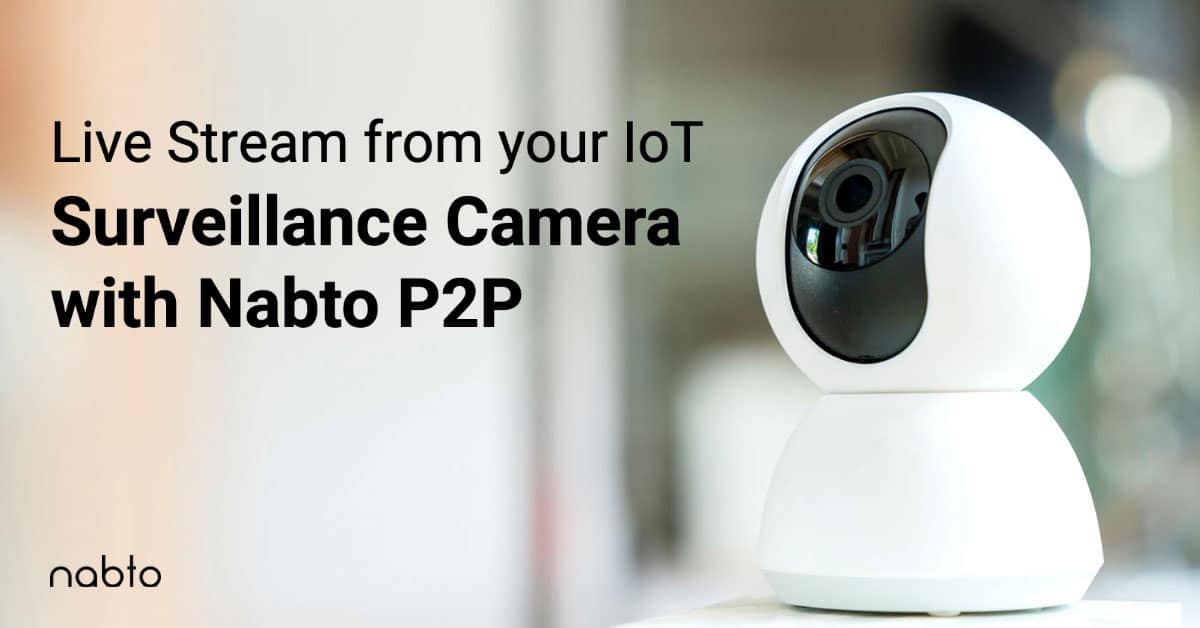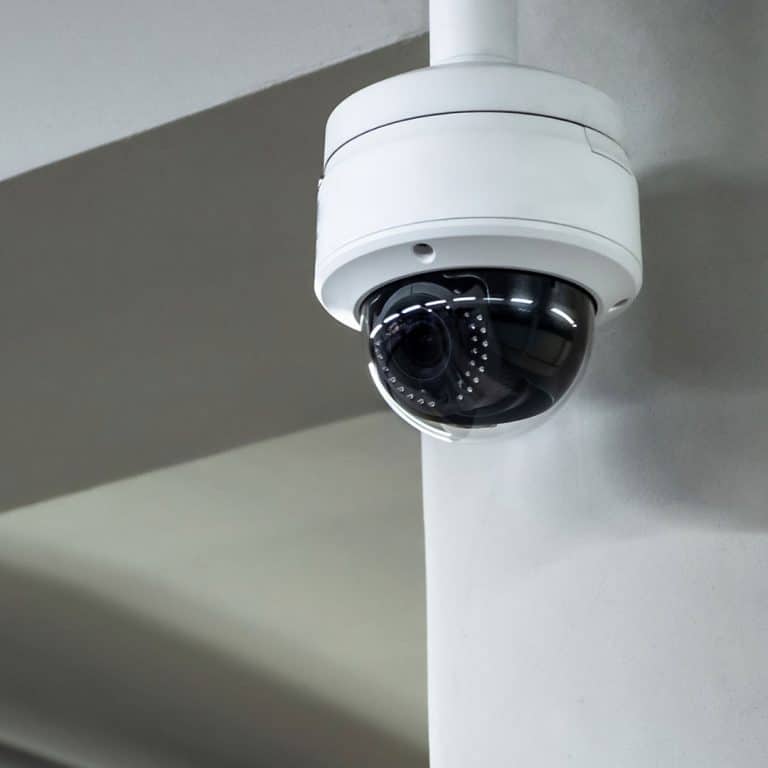Is there a more efficient way to stream video than relying on a central server? Peer-to-peer (P2P) Internet of Things (IoT) video streaming offers a compelling alternative, delivering feeds directly to clients and potentially revolutionizing the way we experience video in various applications.
Let's delve into the intricacies of P2P versus traditional streaming models. While conventional methods route video through a central server, P2P IoT flips the script. In this architecture, devices communicate directly with each other, forming a network where data and resources are exchanged without a central intermediary. This shift offers several advantages, particularly in latency-sensitive scenarios.
To truly grasp the potential of this technology, its essential to explore its practical applications and underlying principles. Below is the information, along with a table to help you understand the technology.
- Simon Cowell News Latest Updates Developments
- Steak Doneness Guide From Rare To Welldone Internal Temps
| Aspect | Details |
|---|---|
| Definition of P2P IoT | A network where devices communicate directly with each other, exchanging data and resources without a central server. |
| Core Principle | Devices act as both clients and servers, sharing data directly. |
| Benefits |
|
| Applications |
|
| Protocols |
|
| Scalability | P2P IoT platforms are designed for scalability. The more devices that join the network, the more resources (bandwidth, processing power) are available. |
| Latency Reduction | By eliminating the central server bottleneck, P2P significantly reduces the time it takes for data to travel. |
| Fault Tolerance | If one device fails, the network can reroute data through other devices, maintaining service. |
| Security Considerations | Encryption and secure authentication are critical to protect data transmitted over P2P networks. |
| Implementation Platforms | Platforms like Nabto provide tools and infrastructure to facilitate P2P IoT development. |
Consider the context of video surveillance. An IoT security camera or webcam can connect to the internet and other devices, providing a live video feed accessible from anywhere. With P2P, this feed bypasses a central server, making the stream travel faster. This leads to a better user experience, with reduced buffering and quicker access to live footage.
The advantages extend beyond simple video streaming. Platforms designed for P2P IoT offer features like scalability, less latency, and improved fault tolerance. They enable devices to exchange resources and data directly, creating a robust and efficient network. With such an architecture, if one device fails, the network can reroute the data through other devices, which maintains service continuity. This inherent redundancy makes P2P IoT highly resilient in real-world scenarios.
The choice of protocol and architecture is central to the performance of a P2P system. WebRTC, for example, is inherently P2P, allowing media streams to traverse a shorter path, arriving faster and more efficiently. The choice of protocol and how it's implemented can impact the effectiveness of the video streaming.
While P2P offers clear benefits, traditional streaming models and cloud servers still play an important role. Services like Amazon Kinesis are fully managed data streaming services that provide robust infrastructure for handling streaming data at scale. These options are suited for specific requirements of data processing and storage.
Beyond video streaming, the application of P2P extends to various IoT functions, including instant messaging and voice calls. The technology is particularly well-suited for IoT environments where devices need to communicate quickly and efficiently. P2P architectures, therefore, provide a versatile solution, enhancing both performance and user experience.
Consider the technical specifications: the IoT video P2P interfaces are defined in the 'iv_av.h' file, which is also related to the use of video and audio transmission in a module. When utilizing these interfaces, the IoT video SDK provides only basic data transmission capabilities.
On average, more than 90% of connections established are P2P. This demonstrates the prevalence and efficiency of direct device-to-device communication in real-world deployments. By understanding these details, you can grasp the significance of P2P in modern streaming applications, as well as how it helps enhance performance and efficiency.



Detail Author:
- Name : Dr. Emmy Raynor I
- Username : thiel.emmett
- Email : frami.imani@adams.info
- Birthdate : 1984-12-23
- Address : 513 Gabriella Shores Suite 546 East Edenhaven, VA 07432-2631
- Phone : +12837332560
- Company : Nitzsche-Heidenreich
- Job : Typesetter
- Bio : Aliquam distinctio doloribus ipsa animi explicabo. Sapiente dolor unde et odio et incidunt. Sit quia et eum iure. Impedit cum sed recusandae qui quo optio placeat veritatis.
Socials
linkedin:
- url : https://linkedin.com/in/terence.jenkins
- username : terence.jenkins
- bio : Nihil tenetur dolorem quasi quam optio ullam cum.
- followers : 5655
- following : 184
twitter:
- url : https://twitter.com/terence_xx
- username : terence_xx
- bio : Et ratione ut voluptas officiis dolorum. Eveniet et vel fugiat dolorem. Perferendis dolor culpa soluta dolor ipsam. Maiores necessitatibus sit vel quo.
- followers : 4290
- following : 2553
facebook:
- url : https://facebook.com/terence_official
- username : terence_official
- bio : Nobis reprehenderit dignissimos et debitis.
- followers : 3457
- following : 2219
tiktok:
- url : https://tiktok.com/@terence.jenkins
- username : terence.jenkins
- bio : Ab dicta modi eum eos occaecati cumque.
- followers : 4117
- following : 1212